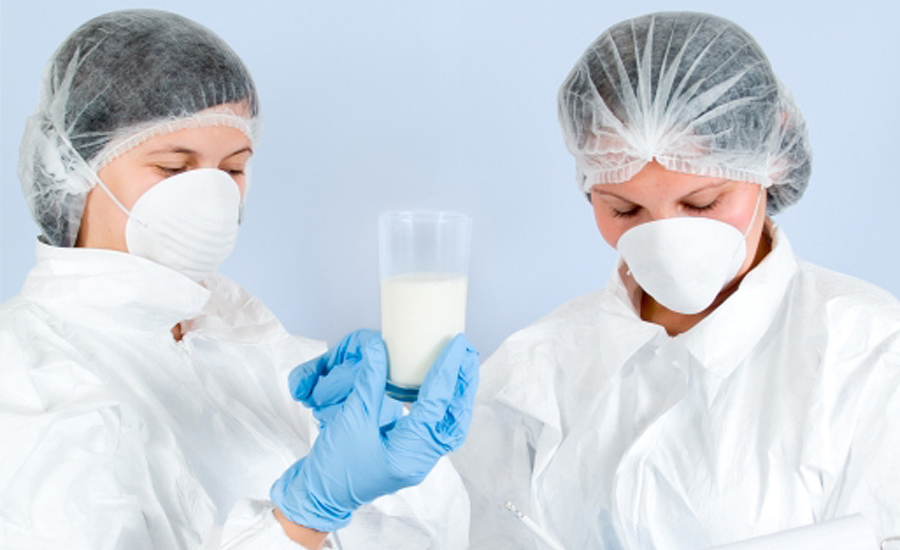The food traceability market is projected to grow at a CAGR of about 9% to reach $14 billion by 2019, according to a study produced by Markets and Markets, Dallas, Texas.
The report, "Food Traceability Market by Technology (RFID, GPS, Barcode, Infrared, Biometric), End User (Manufacturer, Warehouse, Retailer, Government), Application (Fresh food Produce, Meat & Poultry, Seafood, Dairy, Beverage) & Region - Global Trend & Forecast to 2019," defines and segments the food traceability market on the basis of various technologies, end users, applications and regions, with analyses and projections of the market size of each of these segments in terms of value.
Asia-Pacific is projected to be the fastest-growing market for food traceability. This is driven by the technological advancement and growing concern for food safety among consumers in developing countries such as India and China.
The food traceability market is driven by the growth in foodborne diseases and food adulteration incidents. The food traceability market has been growing significantly over the last five years due to increasing concern among consumers for food safety and legislative framework. The key players adopted new technology launches and expansions as their preferred strategies to sustain the competition in the market. Barcode readers are said to be the preferred technology for food traceability in the food and beverage industry.
The report includes the marketing and development strategies, along with the product portfolio of leading companies such as Honeywell International, Inc., Morristown, N.J.; C.H. Robinson Worldwide, Inc., Eden Prairie, Minn.; Bio-Rad Laboratories, Inc., Des Plaines, Ill.; DuPont Nutrition & Health, Wilmington, Del.; Cognex Corp., Natick, Mass.; and SGS S.A., Switzerland. The key players in the market are persistent on new technology launches and expansion of their facilities in new markets and are actively investing in R&D activities to gain a competitive edge.

